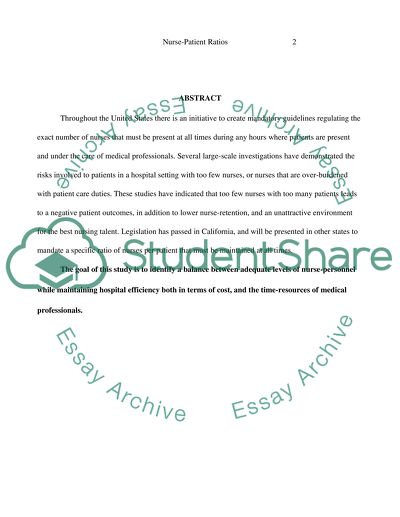Cite this document
(“Comparative Analysis of Nurse-patient Ratio Mandates for the Hospital Research Paper”, n.d.)
Comparative Analysis of Nurse-patient Ratio Mandates for the Hospital Research Paper. Retrieved from https://studentshare.org/nursing/1434601-should-nurses-support-mandatory-hospital-nurse-to
Comparative Analysis of Nurse-patient Ratio Mandates for the Hospital Research Paper. Retrieved from https://studentshare.org/nursing/1434601-should-nurses-support-mandatory-hospital-nurse-to
(Comparative Analysis of Nurse-Patient Ratio Mandates for the Hospital Research Paper)
Comparative Analysis of Nurse-Patient Ratio Mandates for the Hospital Research Paper. https://studentshare.org/nursing/1434601-should-nurses-support-mandatory-hospital-nurse-to.
Comparative Analysis of Nurse-Patient Ratio Mandates for the Hospital Research Paper. https://studentshare.org/nursing/1434601-should-nurses-support-mandatory-hospital-nurse-to.
“Comparative Analysis of Nurse-Patient Ratio Mandates for the Hospital Research Paper”, n.d. https://studentshare.org/nursing/1434601-should-nurses-support-mandatory-hospital-nurse-to.


